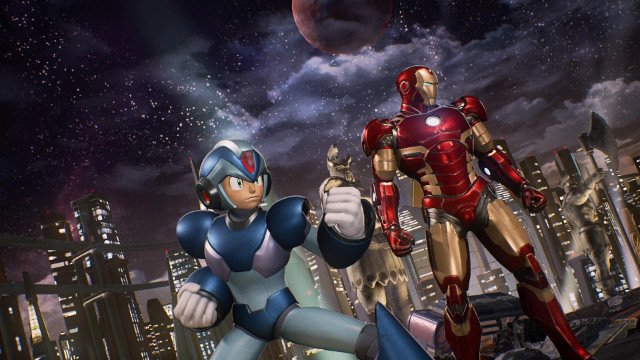Marvel vs Capcom: Infinite is out this week, but many are approaching it cautiously. Fighting game fans will remember the release of their last major fighting game, Street Fighter V, all too well — ignoring the complaints about the simplified combos and meta, there was a furore on most game sites begging the question: “Where’s the content?”

Atlas is an action-rpg with rogue-like elements where you use your ability to control the ground to fight the enemies and move through procedurally generated worlds.










